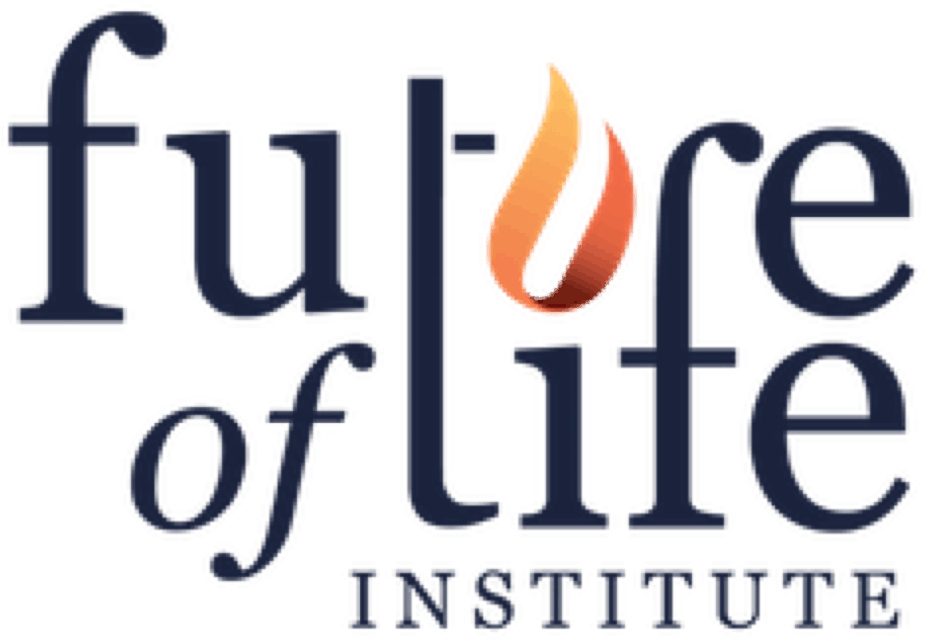Contest Rules
Learn more about the worldbuilding contest, what was asked of the participants as well as the prompts and constraints they were given to build their worlds.
© barrow-motion
What Is World
Building?
Worldbuilding exercises generally start with some “ground rules” to provide focus. The “ground rules” of the contest are illustrated below.
Worldbuilding is the art and science of constructing a coherent and detailed fictitious world. It is frequently practiced by creative writers and scriptwriters, providing the context and backdrop for stories that take place in future, fantasy or alternative realities. These tools can help us explore possible futures for our own world. They help us better understand what sorts of worlds we may find more or less desirable, and how we might get to there. The worlds built here needed to be believable and internally consistent. That said, builds of future worlds are still speculative and need not target the most probable scenarios.
The Criteria
Individually or in teams, the prompt was to design a plausible and aspirational world consistent with a set of ground rules, outlined in the video above.
Plausible means that the world should be one that could well happen. In particular it should be:
- Consistent with today’s actual world;
- Consistent with known science;
- Not rely on any implausible “miracles” to make sense (though improbable events occur in any realistic world!)
Aspirational means that, while not utopian, this world is one that you and presumably many others would like to inhabit. It would be seen as a fairly good outcome and a hopeful vision. Where this is in tension with plausibility, plausibility should win – that is, being hopeful does not mean being naive, and just as your world should not rely on implausible “miracles” to make it self-consistent, it should not rely on them to be desirable.
Submissions
Submissions consisted of four elements. They were intended to tie together into a coherent picture, with e.g. the “day in the life” pieces illustrating some of the institutions, technologies, or social structures explained in the answers to the prompts.
Timeline of events from 2022-2045
"A Day in the Life" Short Stories
Answers to prompts about your world
Original non-text media piece
Prizes
Twenty teams were selected as finalists and the winning teams were revealed on June 30th 2022.
The general public was invited to give feedback on these final 20 entries, largely on their aspirational quality. Incorporating this feedback, the panel of judges was tasked to rank the entries and award the following prizes:
First prize: $20,000
Two second prizes: $10,000 each
Five third prizes: $2,000 each
Ten fourth prizes: $1,000 each
Judges discretionary prizes: up to five prizes of up to $2,000 each.
Important note: Prizes were evenly split among members of prizewinning teams, but to encourage collaboration they were also up-scaled by a factor of 1.5 for 2-person teams, 1.75 for 3-person teams, 1.875 for 4-person teams, and 2.0 for 5-person or more teams. Thus, e.g., a two-person team winning first prize would be awarded $15,000 each. This means that the contest has a total prize pool of up to $140,000.
Frequently asked questions
Why is FLI running this contest?
If we can formulate a roadmap towards a future that is desirable, this can inspire real-world initiatives. It is very likely that these world builds will usefully and positively inform many people and activities – we will feature prizewinning world builds on FLI’s website and hope to work them into our overall institutional strategies, to find prospective collaborators, and connect storytellers with material to inspire them to tell a different stories about our future. Furthermore we are likely to run additional activities involving contest entrants.
What were the ground rules of the contest?
- The year is 2045.
- AGI has existed for at least 5 years.
- Technology is advancing rapidly and AI is transforming the world sector by sector.
- The US, EU and China have managed a steady, if uneasy, power equilibrium.
- India, Africa and South America are quickly on the ride as major players.
- Despite ongoing challenges, there have been no major wars or other global catastrophes.
- The world is not dystopian and the future if looking bright.
Why did FLI chose these ground rules?
The choice of constraints does not represents what FLI believes is most likely to happen or what the organization wants the future to look like. The rules were chosen as constraints to power a thought experiment – how did humanity overcome major challenges on the horizon? It was designed for contest participants to brainstorm solutions to wicked problems, because to be plausible (which is one of our judging criteria) the world needs to identify and address those. An aspirational world were things turn out well by pure luck is less plausible than a world where things turn out well because of human efforts and initiatives. The choice of challenges is entirely up to the participants and may reflect the interests or expertise of the different teams.
What is Artificial General Intelligence (AGI)?
Artificial intelligence today is generally considered narrow AI (or weak AI), in that it is designed and trained to perform a particular task (e.g. only facial recognition or only internet searches or only driving a car). However, the goal of several major AI research efforts is to develop artificial general intelligence (AGI or strong AI) with the same flexible and widely applicable intelligence humans enjoy. Such systems could replace or augment human intellectual work in a wide variety of domains and could potentially — by itself — do things like scientific research, engineering, negotiation, media production, and system design that currently require highly trained and talented people or teams.
What did contest participants need to supply to participate in the worldbuilding contest?
1. A timeline with entries for each year between 2022 and 2045 giving at least two events (e.g. “X invented”) and one data point (e.g. “GDP rises by 25%”) for each year. Participants are encouraged to fill all the data points on the timeline but will still be accepted and judged at a disadvantage if less than 23 years are provided. Submissions will be disqualified if less than 10 years are provided.
A template for this timeline is provided here and in the entry form. We ask participants to duplicate this form to work on. You will be asked to upload it in the application stage.
2. Two “a day in the life” pieces of between 750 and 1000 words, each depicting the life of an individual somewhere in the world in 2045 for one day.
3. Answers to a set of questions/prompts. Each answer must be less than 250 words.
3.1 AGI has existed for years, but the world is not dystopian and humans are still alive! Given the risks of very high-powered AI systems, how has your world ensured that AGI has at least so far remained safe and controlled?
3.2 The dynamics of an AI-filled world may depend a lot on how AI capability is distributed. In your world, is there one AI system that is substantially more powerful than all others, or a few such systems, or are there many top-tier AI systems of comparable capability? Or something else?
3.3 How has your world avoided major arms races and wars, regarding AI/AGI or otherwise?
3.4 In the US, EU, and China, how and where is national decision-making power held, and how has the advent of advanced AI changed that, if at all?
3.5 Is the global distribution of wealth (as measured say by national or international gini coefficients) more, or less, unequal than 2022’s, and by how much? How did it get that way?
3.6 What is a major problem that AI has solved in your world, and how did it do so?
3.7 What is a new social institution that has played an important role in the development of your world?
3.8 What is a new non-AI technology that has played an important role in the development of your world?
3.9 What changes to the way countries govern the development and/or deployment and/or use of emerging technologies (including AI), if any, played an important role in the development of your world?
3.10 Pick a sector of your choice (education, transport, energy, communication, finance, healthcare, tourism, aerospace, materials etc.) and describe how that sector was transformed with AI in your world.
3.11 What is the life expectancy of the most wealthy 1% and of the least wealthy 20% of your world; how and why has this changed since 2022?
3.12 In the US, considering the human rights enumerated in the UN declaration, which rights are better respected and which rights are worse respected in your world than in 2022? Why? How?
In a second country of your choice, which rights are better and which rights are worse respected in your world than in 2022, and why/how?
3.13 What’s been a notable trend in the way that people are finding fulfilment?
4. One original non-text media piece, created after the opening of the contest. This could be a piece of art, video, music, etc. Please limit your media piece to 5 minutes. The goal is to help bring your built world to life through vivid visual and/or auditory storytelling.

